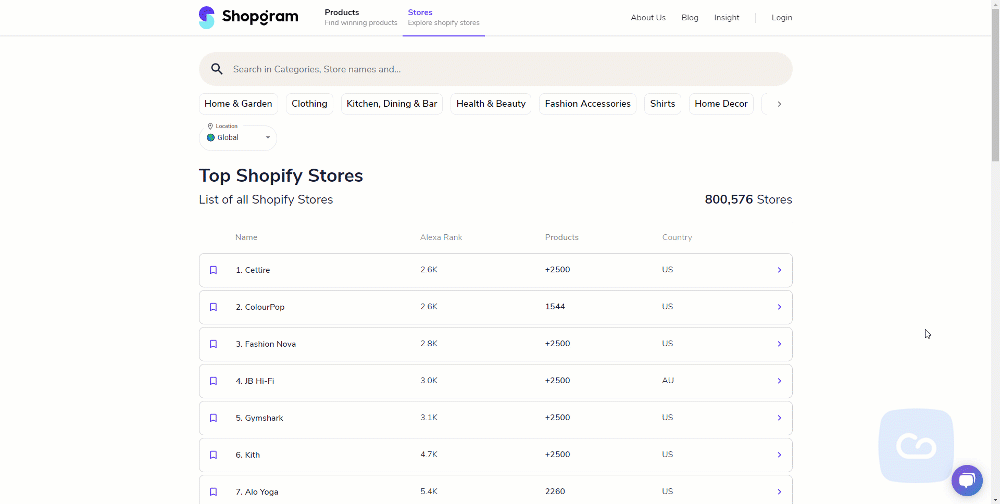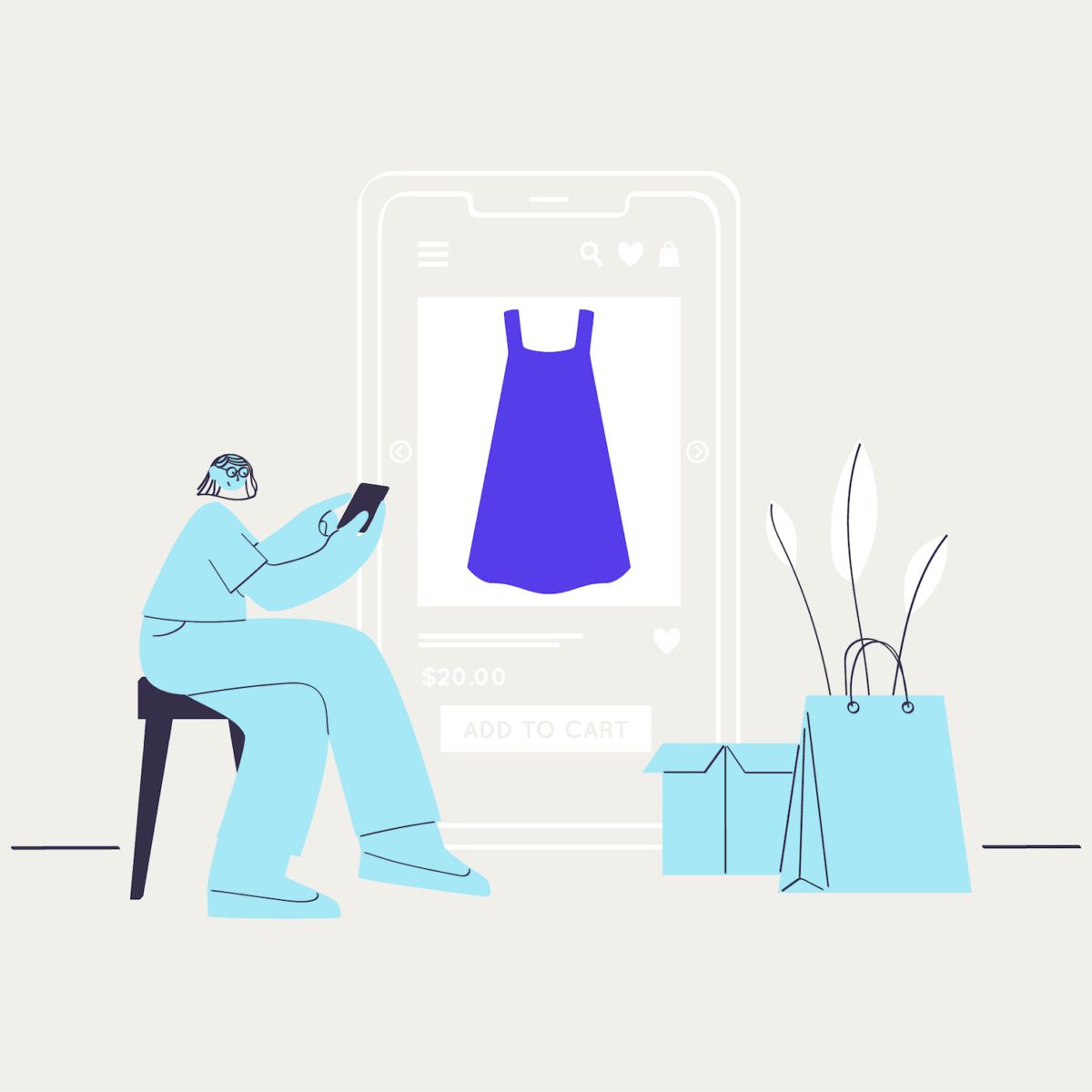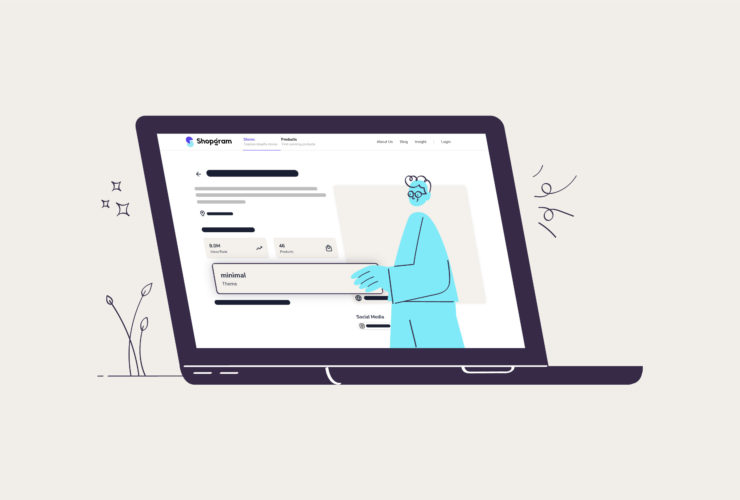If you run an online dropshipping business with Shopify, your pricing strategy might be one of your main concerns.
You can’t just choose a price based on your emotions when it comes to pricing your product. Expenses such as product costs, competitor’s pricing, marketing costs, taxes, Shopify costs, app costs, and psychology must all be considered.
But don’t be concerned. You’ll discover what a dropshipping pricing strategy is, how to pick the optimal retail price for your goods, How to browse best selling categories of Shopify stores and much more in this tutorial!
So, if you’ve been considering what retail pricing to set for your products, this post is for you.

Pricing Strategy 101
When adding new products to your dropshipping store, you might think to yourself, “How do I add new products to my dropshipping store?”
“How can I set a price for my products?”
That’s exactly what a pricing strategy takes care of!
A pricing plan, in general, considers all of your expenses and generates an optimal selling price as an output that has a profit margin for you.
For the best odds of profitability, you’ll need to consider a variety of factors while determining your pricing plan.
Some things to think about are:
- Target Audience: What does your target audience look like? If you’re targeting a wealthier audience, for example, you can probably charge a little more than the average.
- Perceived Value: What is your product’s perceived value? If you’re selling a neck massager, you can charge more than you would if you’re selling a neck pillow.
- Price Elasticity: How do your customers react to price fluctuations? If a 10% price increase only resulted in a 5% drop in sales, it was undoubtedly a good decision!
- Costs of doing business: What are the company expenses you’ll have to recoup? How much do you spend on email, applications, a domain, and other company costs?
- Taxes: Having to pay sales tax, VAT, or profit tax can eat into your profit margins, which is why it’s crucial to think about it when deciding on a pricing plan for your products.
- Marketing Costs: One of the most important costs to consider is marketing. What is the reason for this? They’re all different! Your marketing costs will increase as you sell more things. Essentially, your average Cost Per Purchase across all of your marketing channels determines your success.
- Psychology: From a psychological standpoint, what is appealing pricing for your product? Do you have a habit of rounding up your prices? If so, at what resolution? X.90, X.95, X.98, or X.99? These are all important issues to consider, and they can vary from product to product!
- Costs of Products: Last but not least! The price of your product (a.k.a. COGS (Cost Of Goods Sold) is an important cost to think about. In fact, there are pricing schemes that are solely dependent on a person’s COGS!
Why should you have a pricing strategy?
Maybe you’re wondering, “What’s the point of all this effort?” Isn’t it possible for me to just go with my gut or utilize the same price as my competitors?”
Simply put: No, you won’t be able to!
A well-thought-out pricing plan can make or break your company.
If you don’t have it, you’ll most likely:
If you set your price too high, you’ll miss out on a lot of sales.
Alternatively, you could set your price too low, resulting in smaller margins. You’ll miss out on potential profit and income that an effective pricing plan may have provided.
Not only that, but there’s more.
To make sure you’re profitable, you’ll need a pricing strategy.
Let’s imagine you acquire your product from your supplier for $5 and sell it for $20 in your store.
That may appear to be a good deal, but it isn’t when you consider the following costs:
- Shipping is $2 per item.
- Your marketing expenditures will be $10 per purchase.
- Your payment provider will charge you $1 for each transaction.
- Apps costs $100 per month
- $30 for your ecommerce platform plus any other fees!
Here’s a quick way to research competitor’s pricing. Go to Shopgram, find your product and see how much the other competitors are selling it for.
This would give you a good look into how others are setting the price for their products. Then go to their store’s page on Shopgram and see how many products they are selling, how is their SEO looking like with Alexa rankings.
Surely a Shopify store that has hundreds of products and has good SEO metrics is two steps forward of you, since they have establishged a good reputation and has sold a lot of them.
Let’s look into an example:
You are looking to sell printed T-shirts that have a cool print on them. You can find some of them here. Now it’s time to start digging.
Go to the various stores’ pages for this product and see the details of their product in their shop, look into some of their stores’ pages on Shopgram too, like this store.
Now look into your supplier’s pricing, what is the COGS and then look into how your marketing strategy looks like.
These would be some of the numbers you may get:
- $5 is your product quote
- $5 is your marketing cost for a conversion in your website (You convert 10% of the $0.5 per click you spend on Facebook ads)
- $3 is your shipping costs
- $1 would be the tax expenses
Total cost of this sale would be around $14 for you.
Now go back to Shopgram and see how you can compete with other competitors. If you start selling at $20, you would be selling lower than 80% of other Shopify stores.
From now, you have all the data you need to set the optimal price for your product compared to other stores selling the item.
How Can I stay competitive with other dropshippers?
It all comes down to few points:
- Pricing: Having lower pricing than the competitors is a terrific strategy to defeat them. For instance, instead of $21, you may sell your goods for $19.99. This can be all done easily via Shopgram to figure out how much others are setting their price on.
Do keep in mind that undercutting in price is not always the answer.
- Be better than your competition: Raise the stakes on whatever your competitors are doing. Offer 100 percent cotton t-shirts created by local manufacturers who don’t use sweatshops if they’re selling cotton t-shirts. Add red, green, and blue t-shirts to your inventory if they’re selling black t-shirts. The primary message is to improve your marketing’s superiority and quality so that customers have no reason to shop elsewhere.
How Can I find other Shopify stores’ products?

At Shopify, over a million Shopify stores exist, from a huge pool of categories and niches. Each of them has their unique strategy for their marketing, supplying and sales.
If you are planning to start a Shopify store, one thing is a must. You should know at least a handful of your competitors.
This will give you the upper hand by looking into their pricing and all their products listed in their stores.
Here’s the easiest way to do this: Browse Shopify stores with Shopgram
This is the most simpole approach, simply go to the store section of the Shopgram, enter a store, niche, category or name of the product.
You will get a list of all the stores easily, from now you would just need to go to each one and analyze the number of their products, their Alexa rankings and much more. you can create a neat excel sheet of them all too so that if you need more data on them, you can use other services to get that data too.
Need more insights in how to set the optimal pricing for your products? Book a meeting with Shopgram’s team and we can help each other, all for free!

